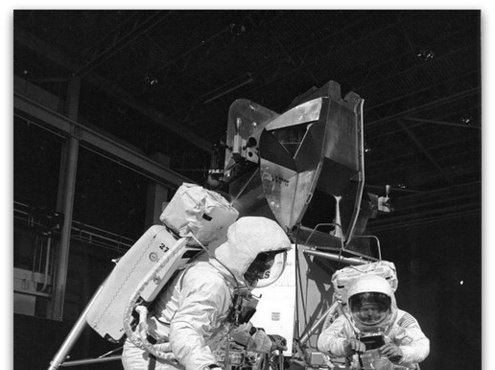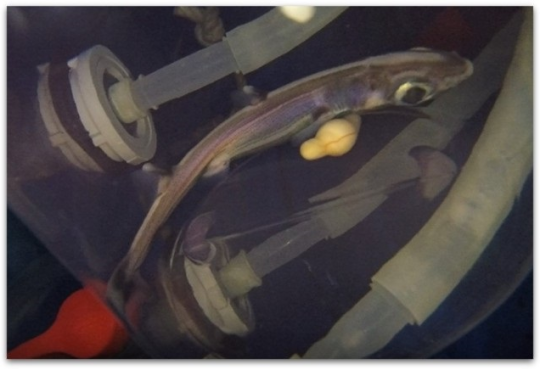
The robot penetrates the lungs and detects cancer
A new, ultra-thin robot developed by scientists at the University of Leeds is capable of transforming into a worm or tentacle shape that can penetrate deep into the lungs to examine suspicious lesions or deliver drugs.
The robot is designed to extend the scope of what is known as a “bronchoscope” – a tube-like medical instrument used to examine the lungs and airways. To perform a detailed examination, doctors need to use a bronchoscope to enter the bronchial tract through the nose and mouth, then send a finer, 2-millimeter tube to a catheter to go deeper inside to examine the airways.
But this approach has limitations, especially in maneuverability. As a result, some areas of tissue remain outside the scope of the study. That’s why researchers at the University of Leeds decided to design a more flexible device that could be finely controlled once it entered the body. The result is a robot consisting of linked cylindrical segments made of soft elastomer and embedded with small magnetic particles.
This means that under the influence of a magnetic field, the individual segments can move independently. This makes the robot extremely flexible and able to weave its way through the bends of the tubules in the lungs.
A robot or catheter with magnetic “tentacles” that are 2 millimeters thick and whose shape can be controlled by a magnetic field can reach most areas of the lung and will be an important clinical tool in the study and treatment of possible lung cancer and other lung diseases,” says Professor Pietro Valdastri, who led the study.
“Our technology uses an autonomous magnetic guidance system that eliminates the need for patients to be X-rayed while the procedure is being performed,” he added.
It will still be years before the technology is introduced to hospitals, but scientists believe its precision and autonomous nature will offer a much more efficient means of inspecting lesions, taking tissue samples or delivering cancer drugs to hard-to-reach places.
“This new technology will allow us to more reliably and safely diagnose and treat lung cancer by directing instruments to the periphery of the lungs without the use of additional X-rays,” said Dr. Cecilia Pompilli, a member of the research team.








